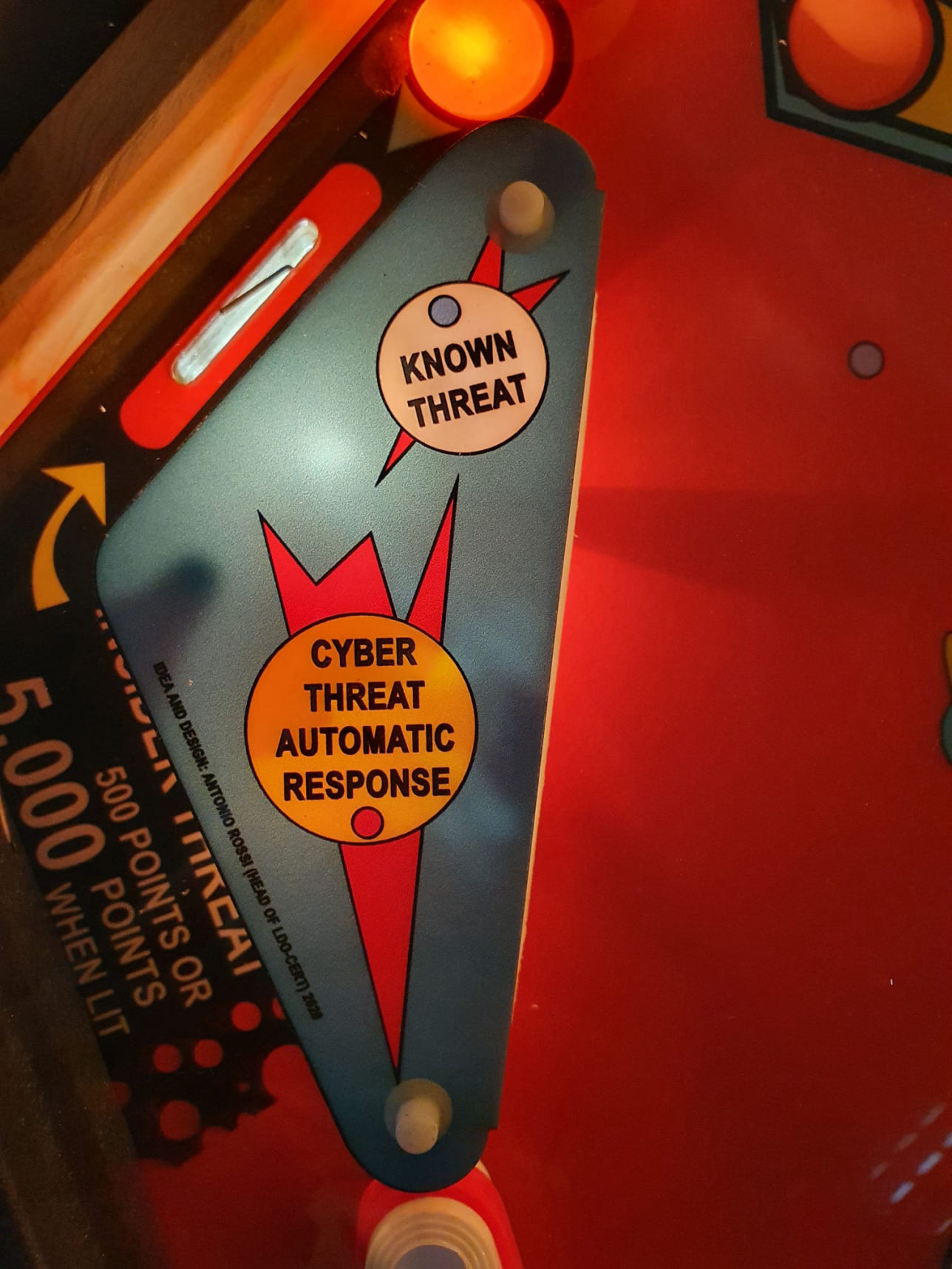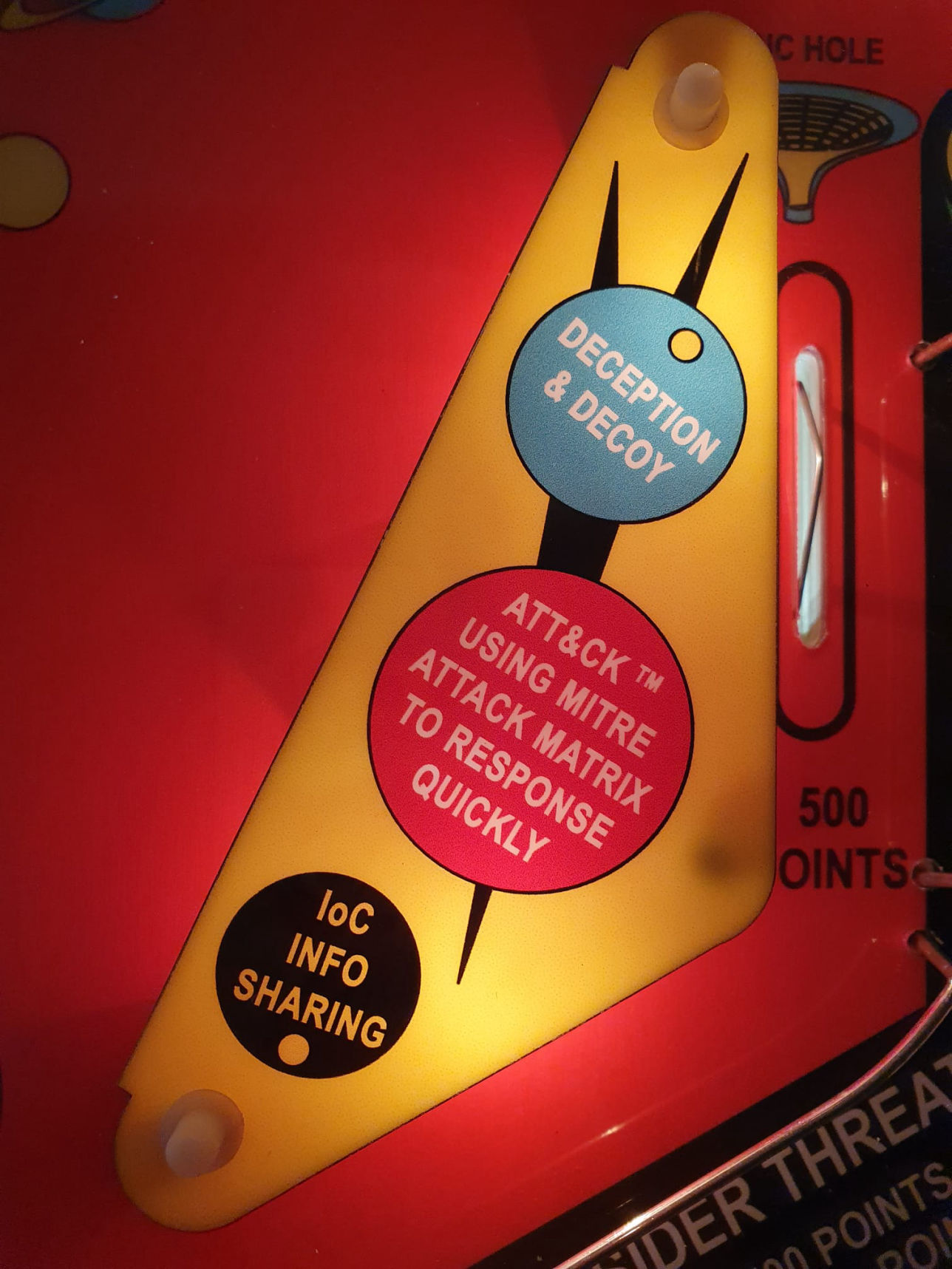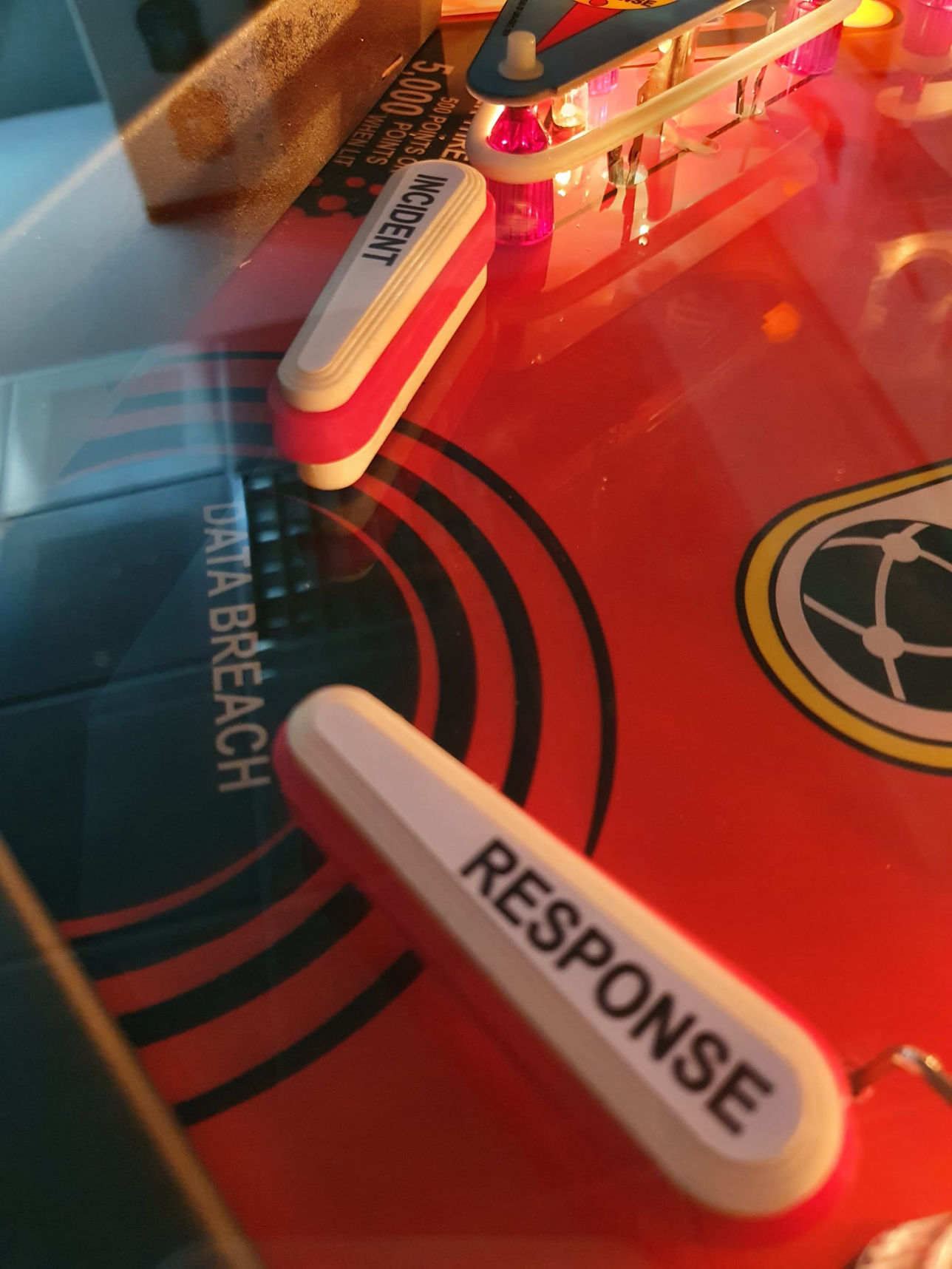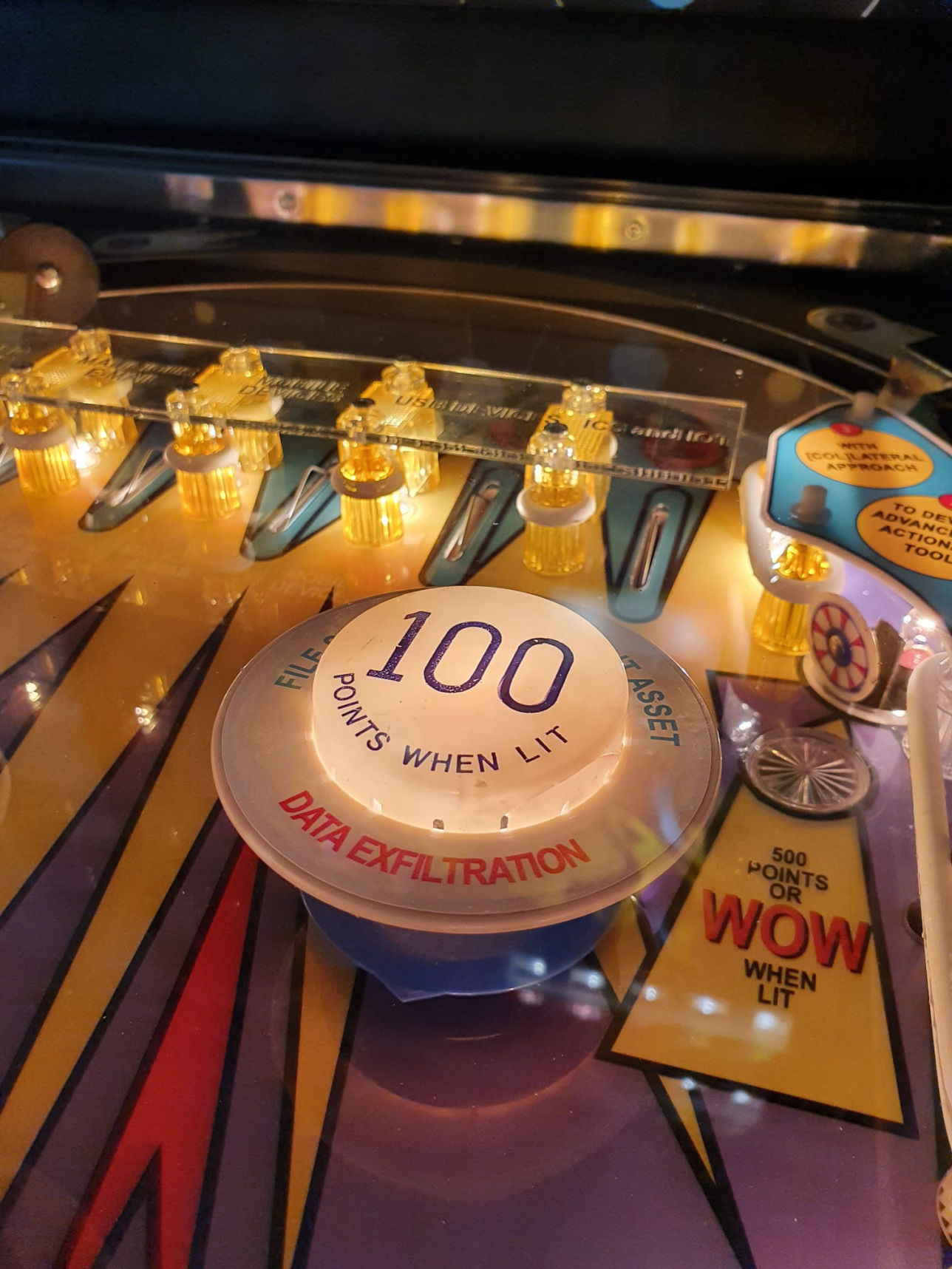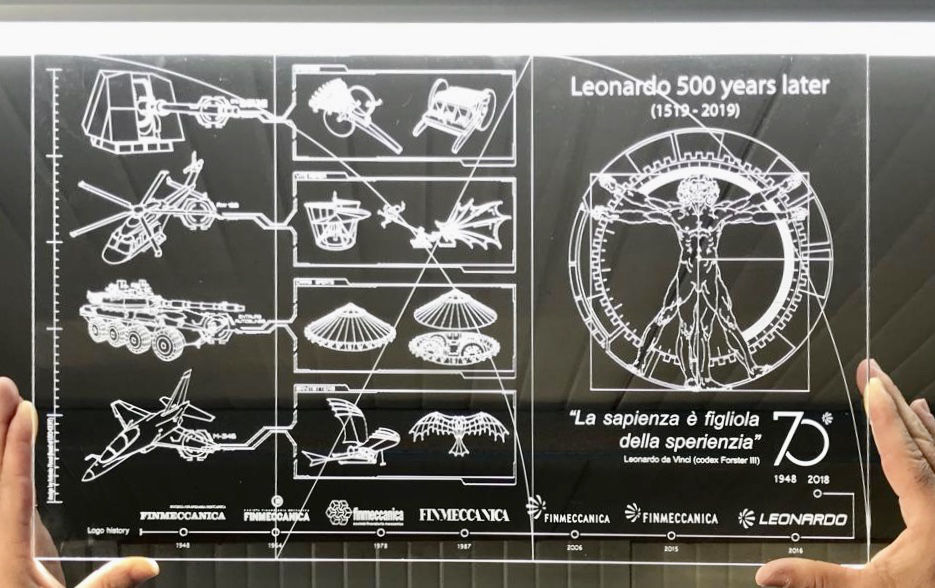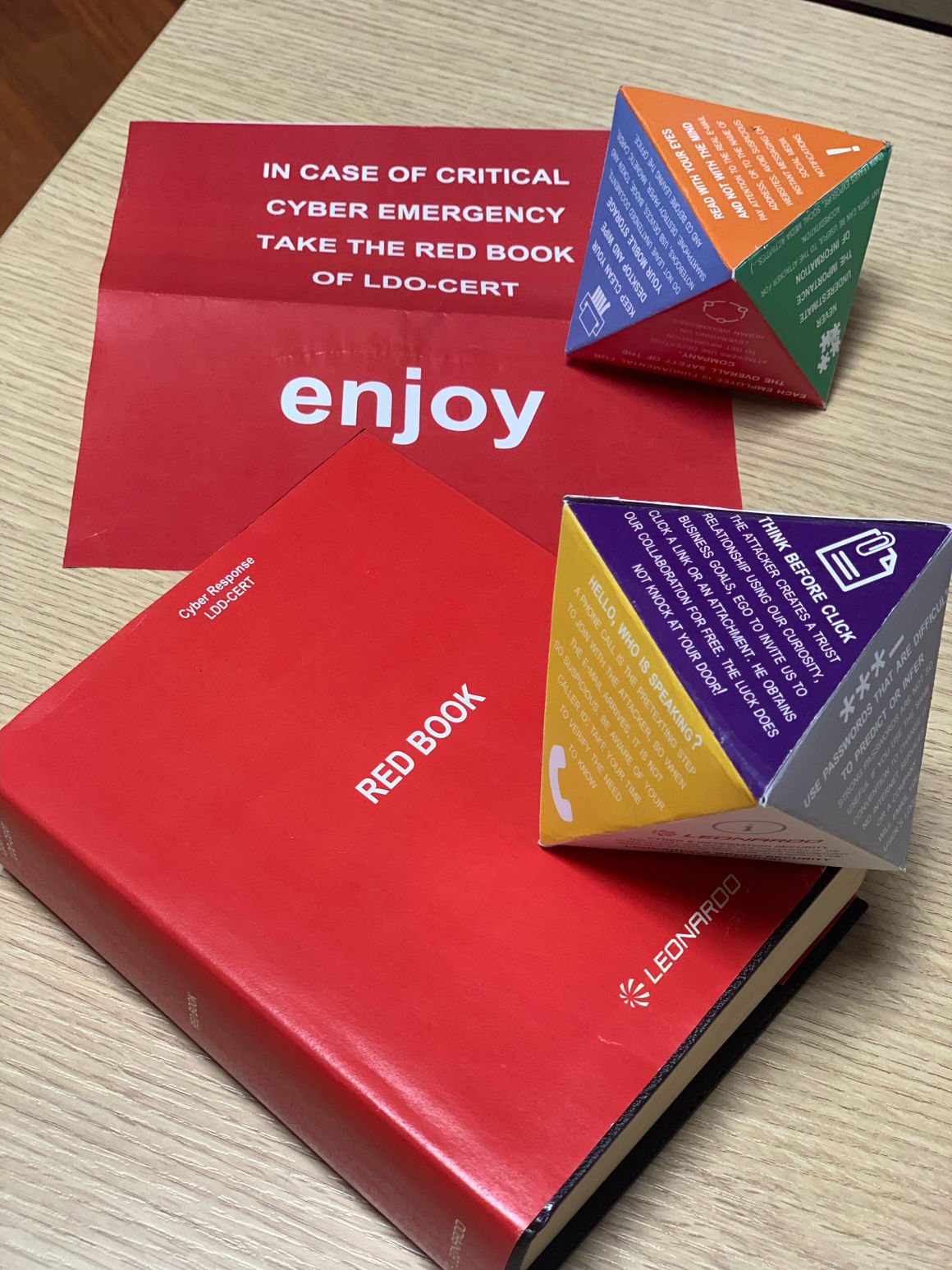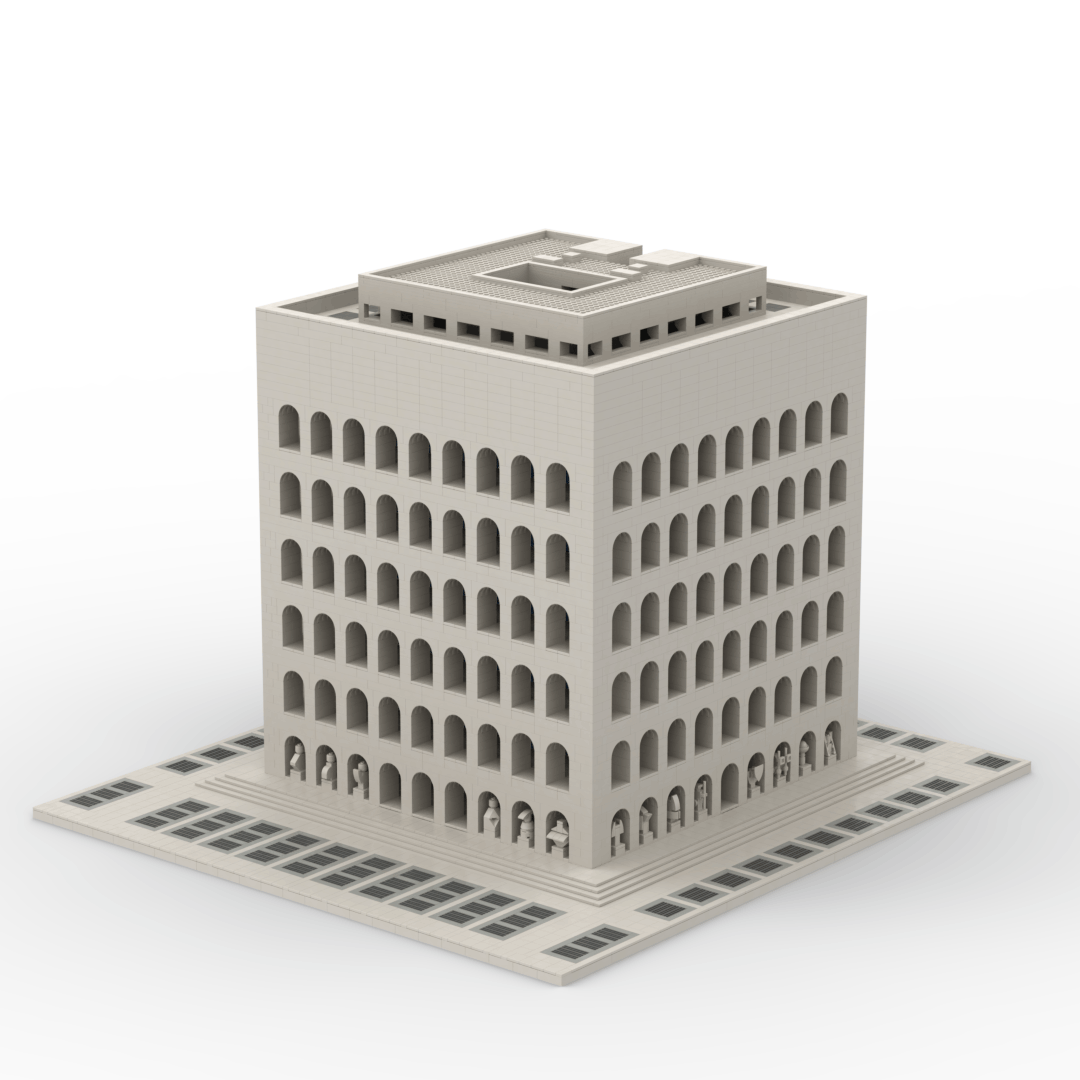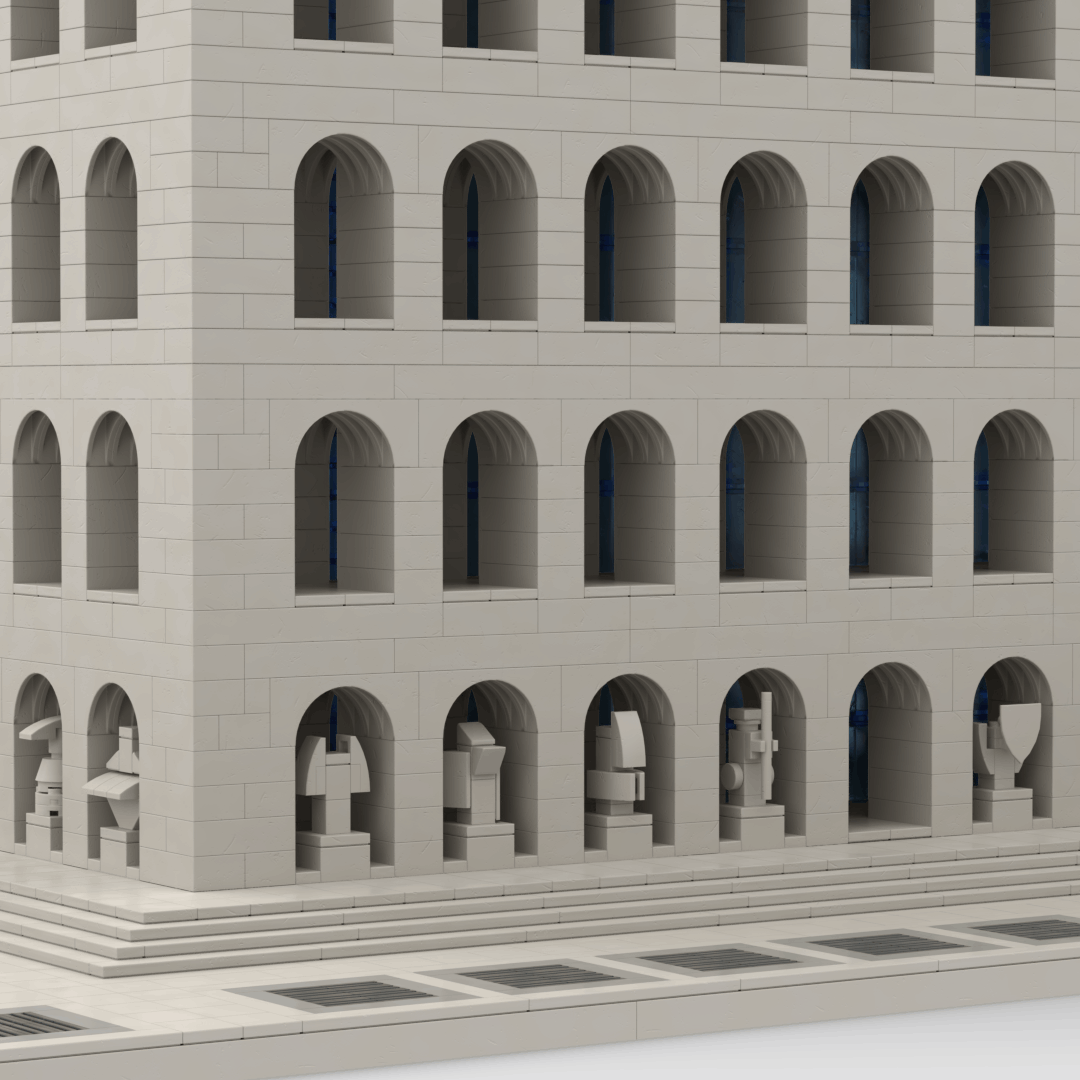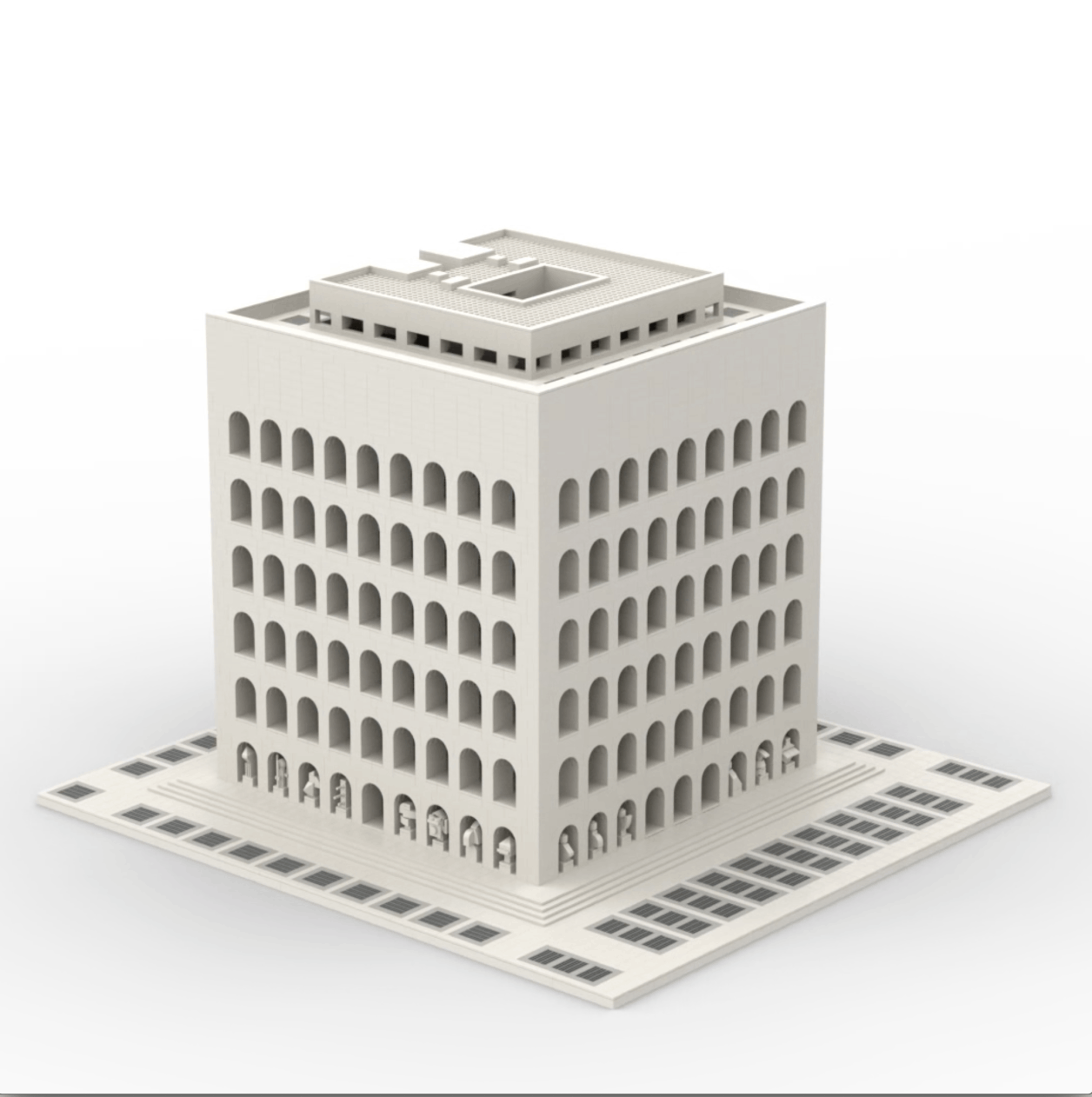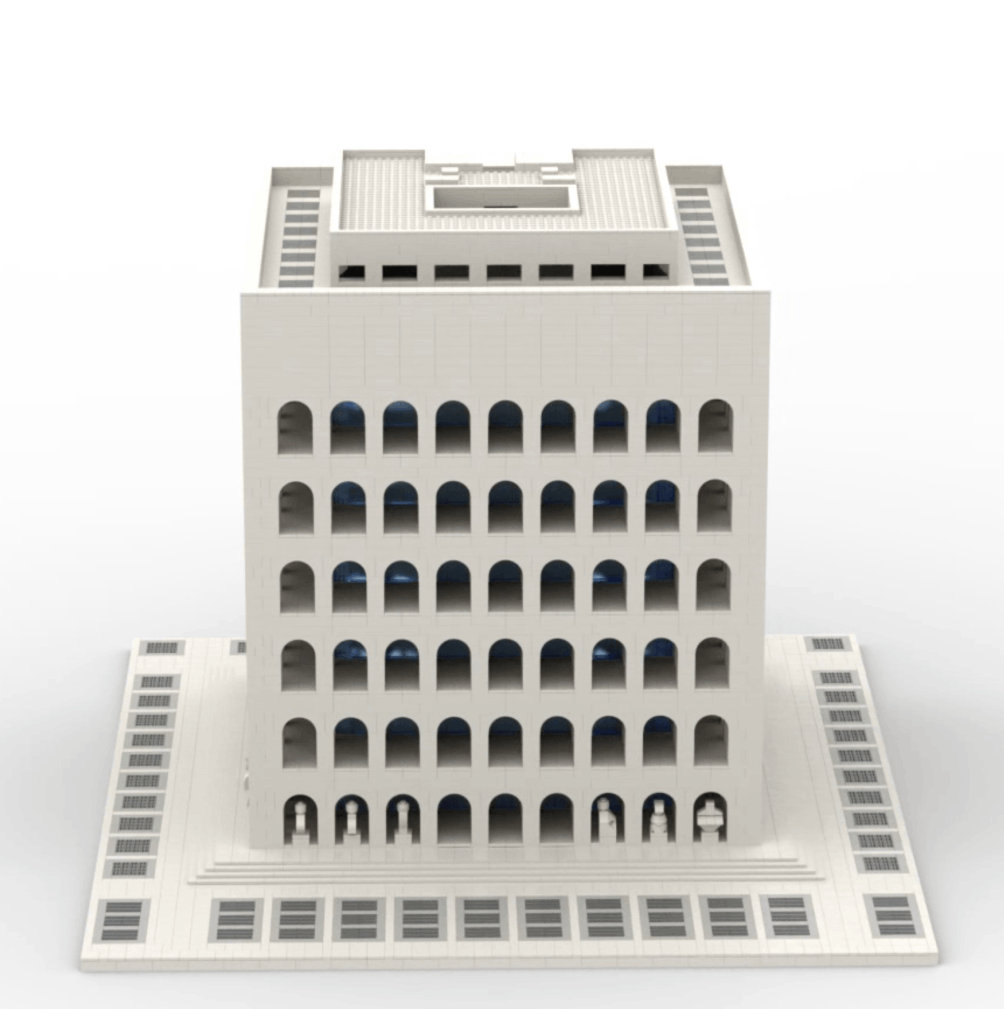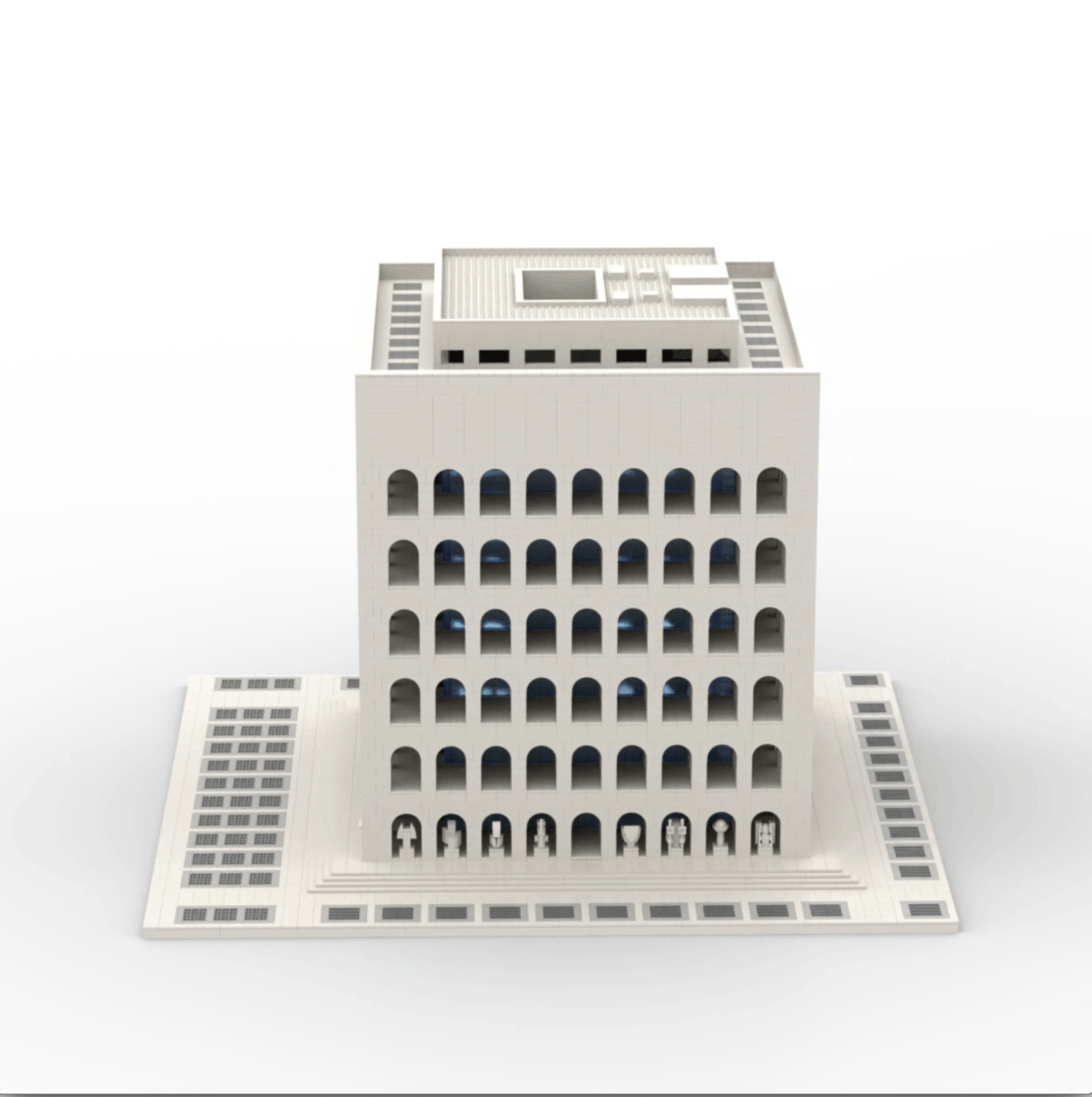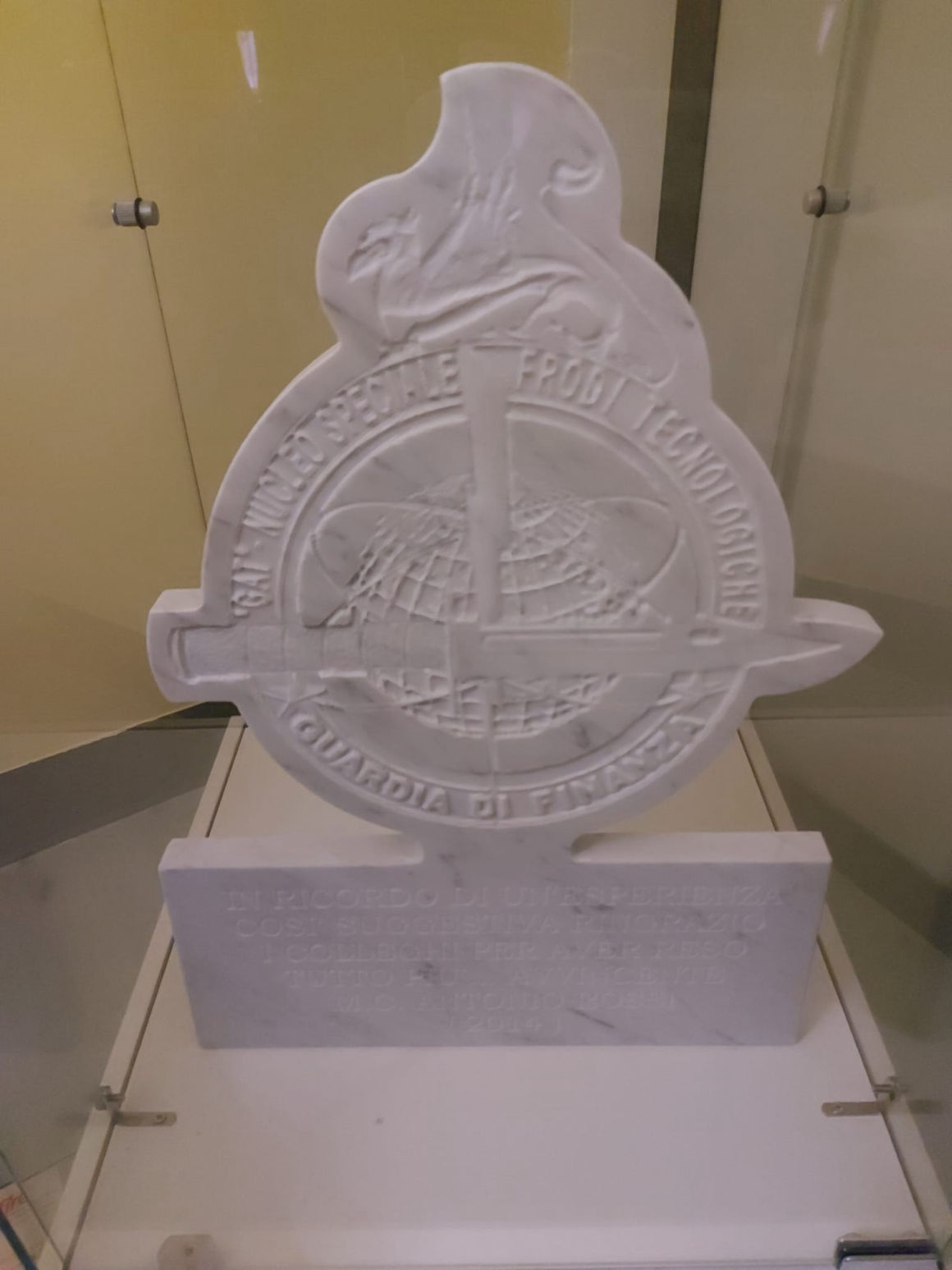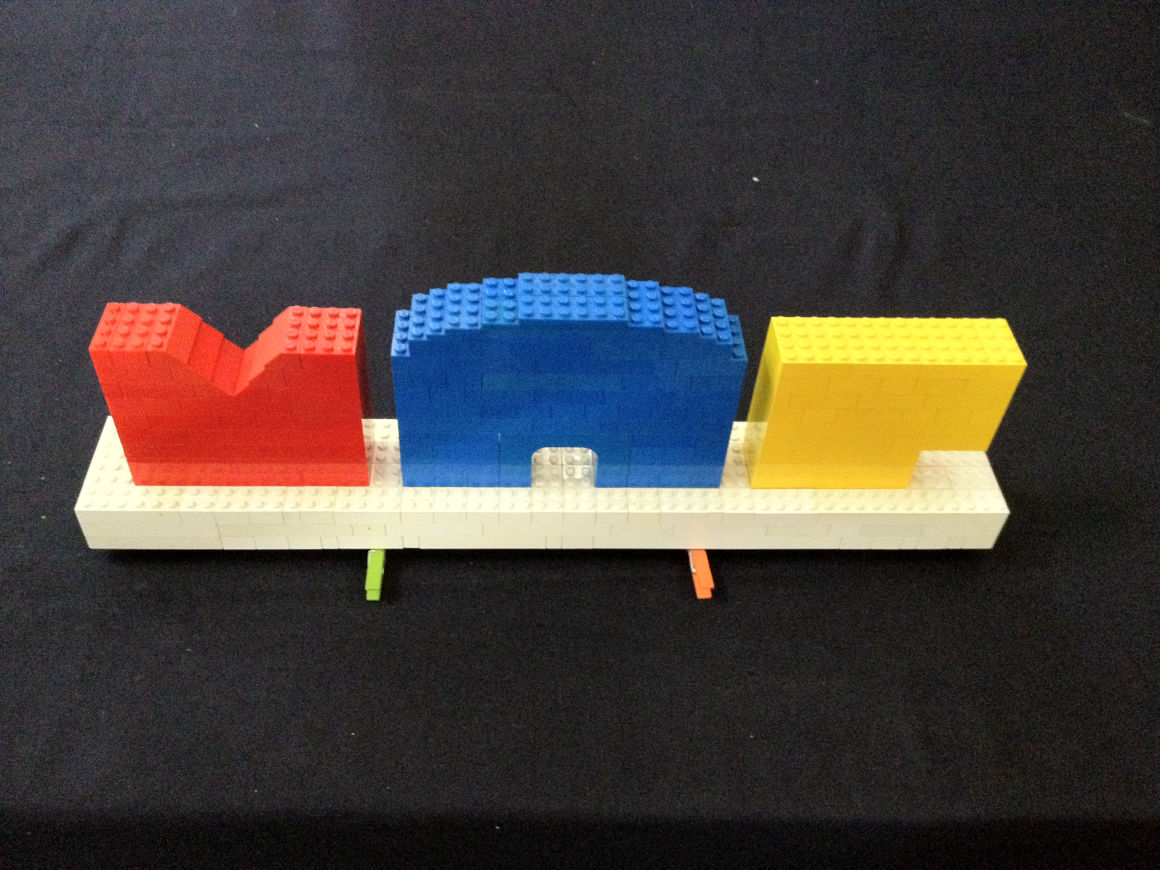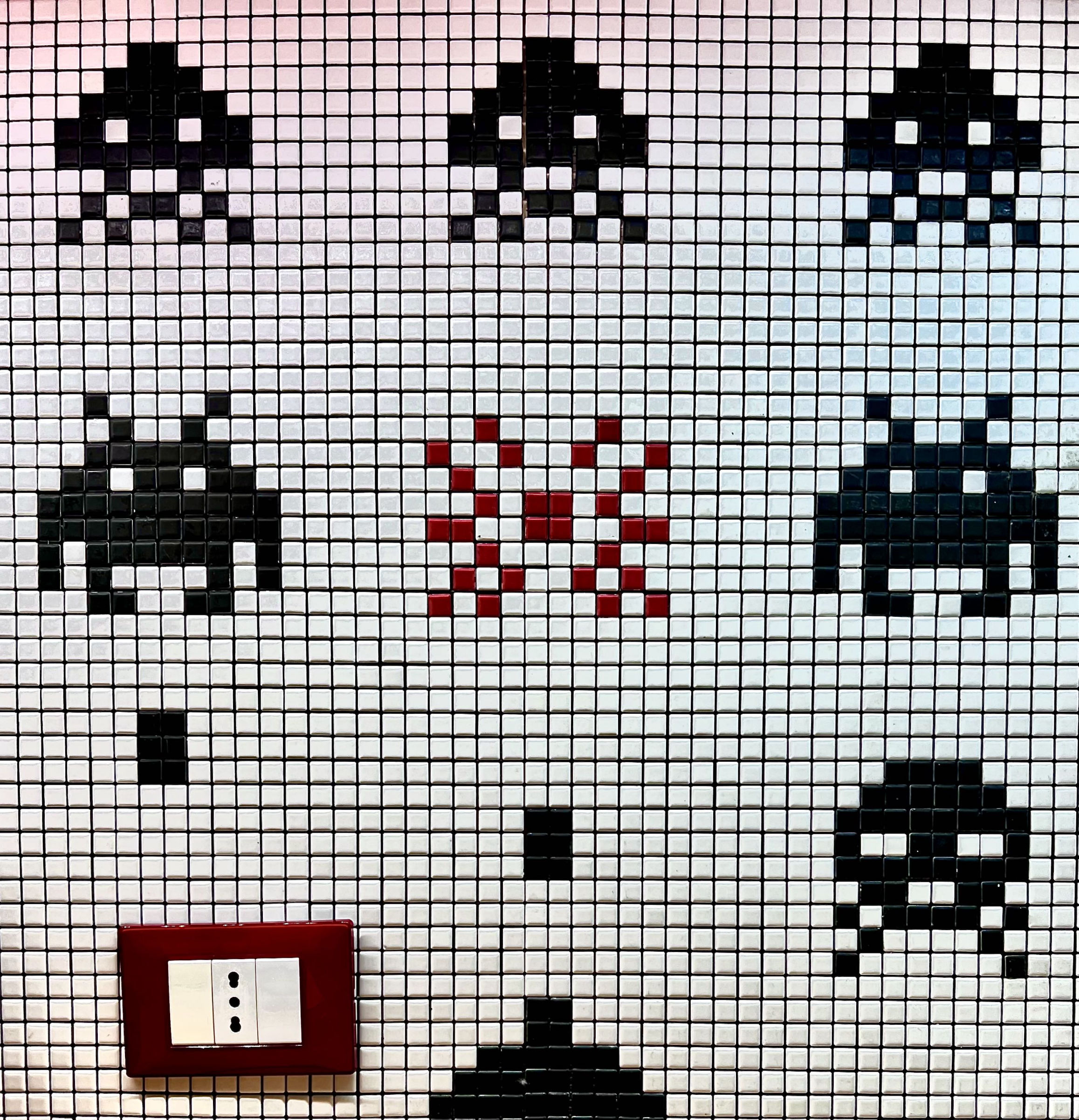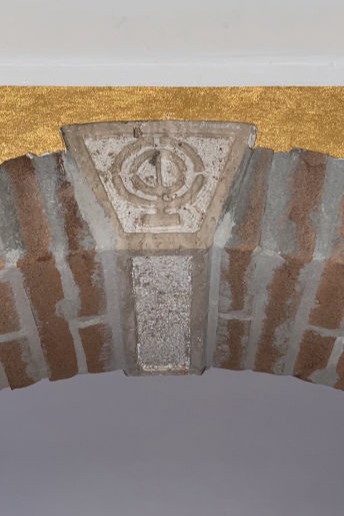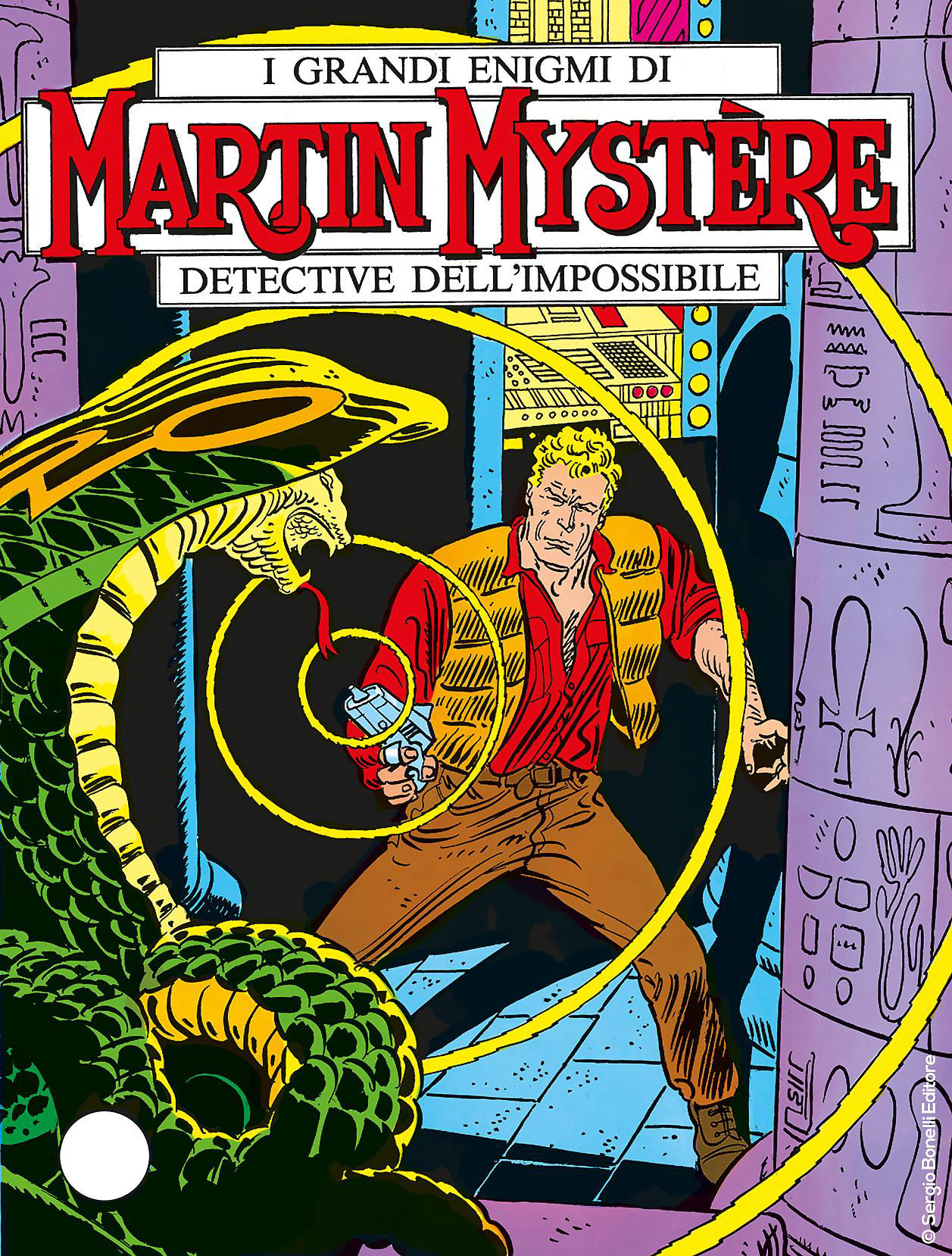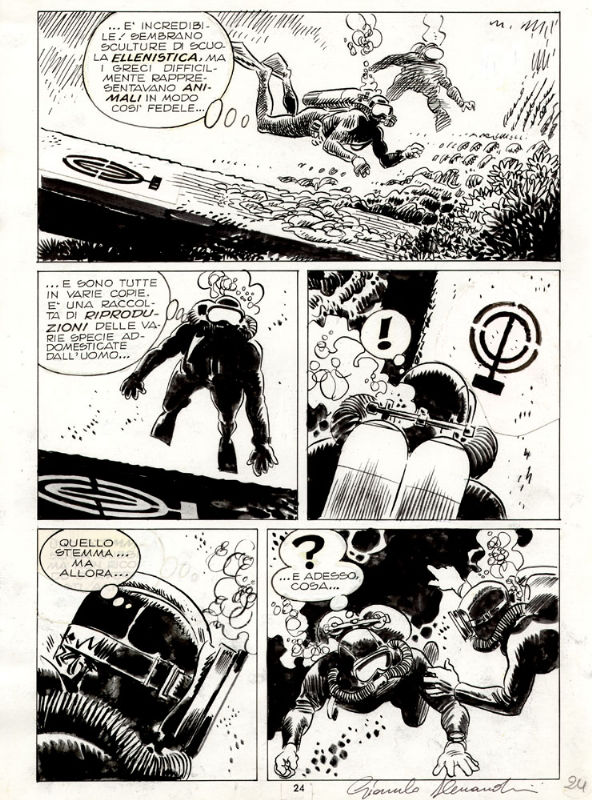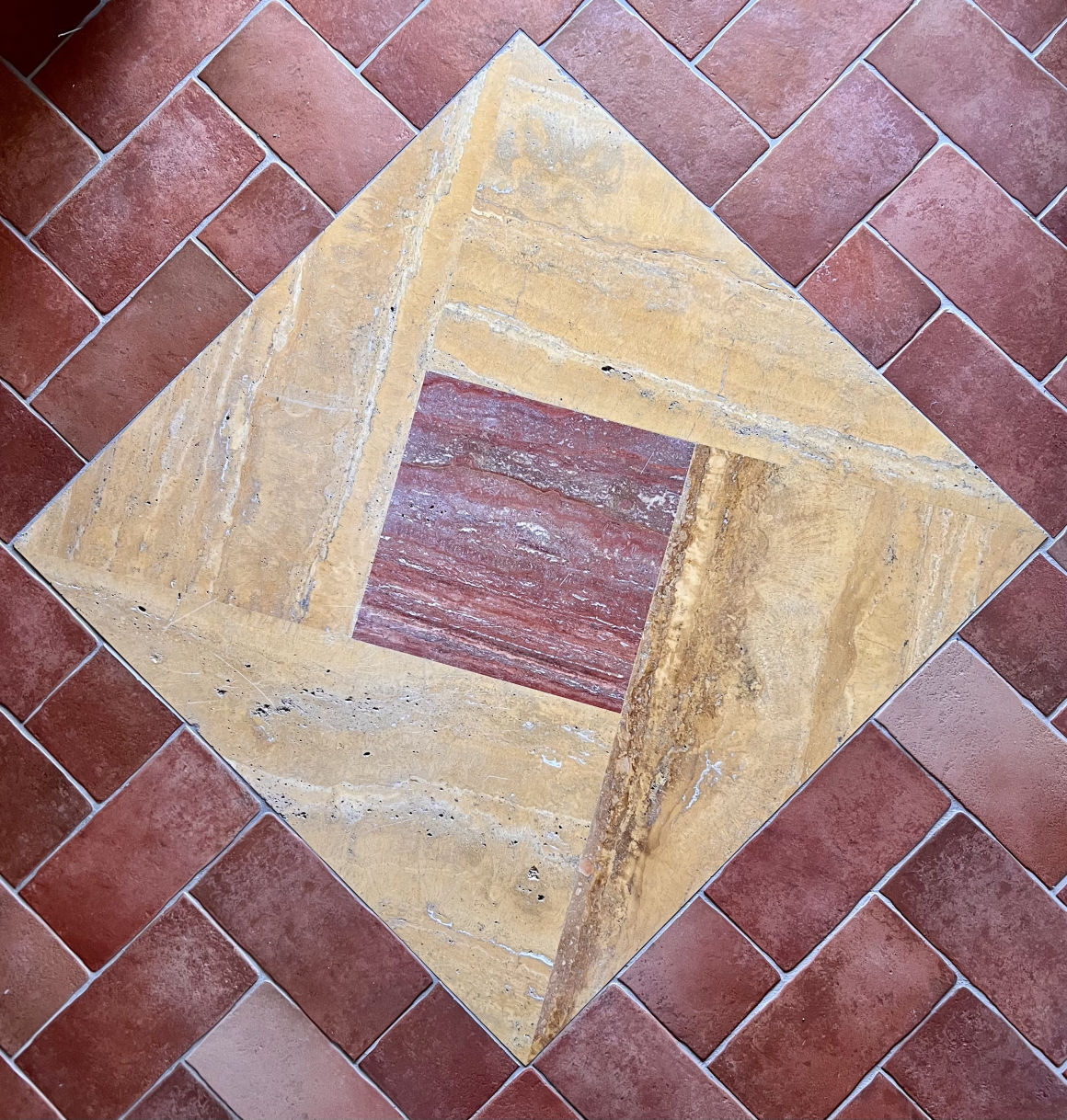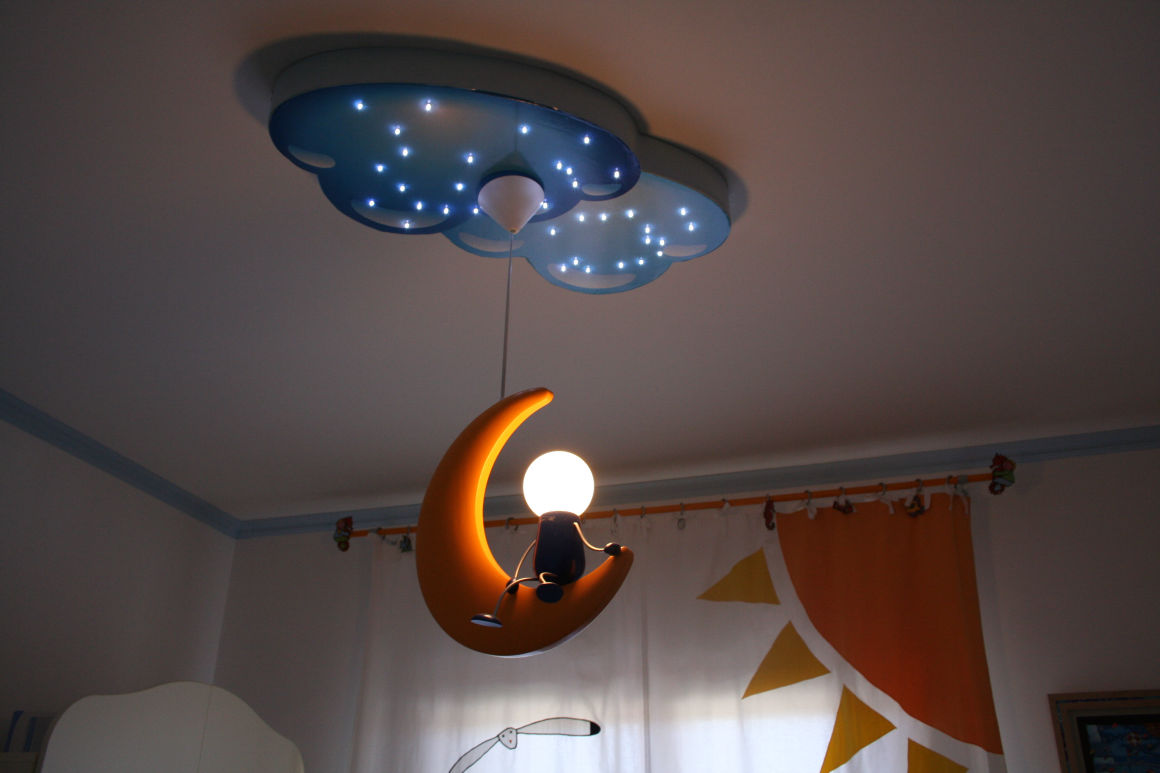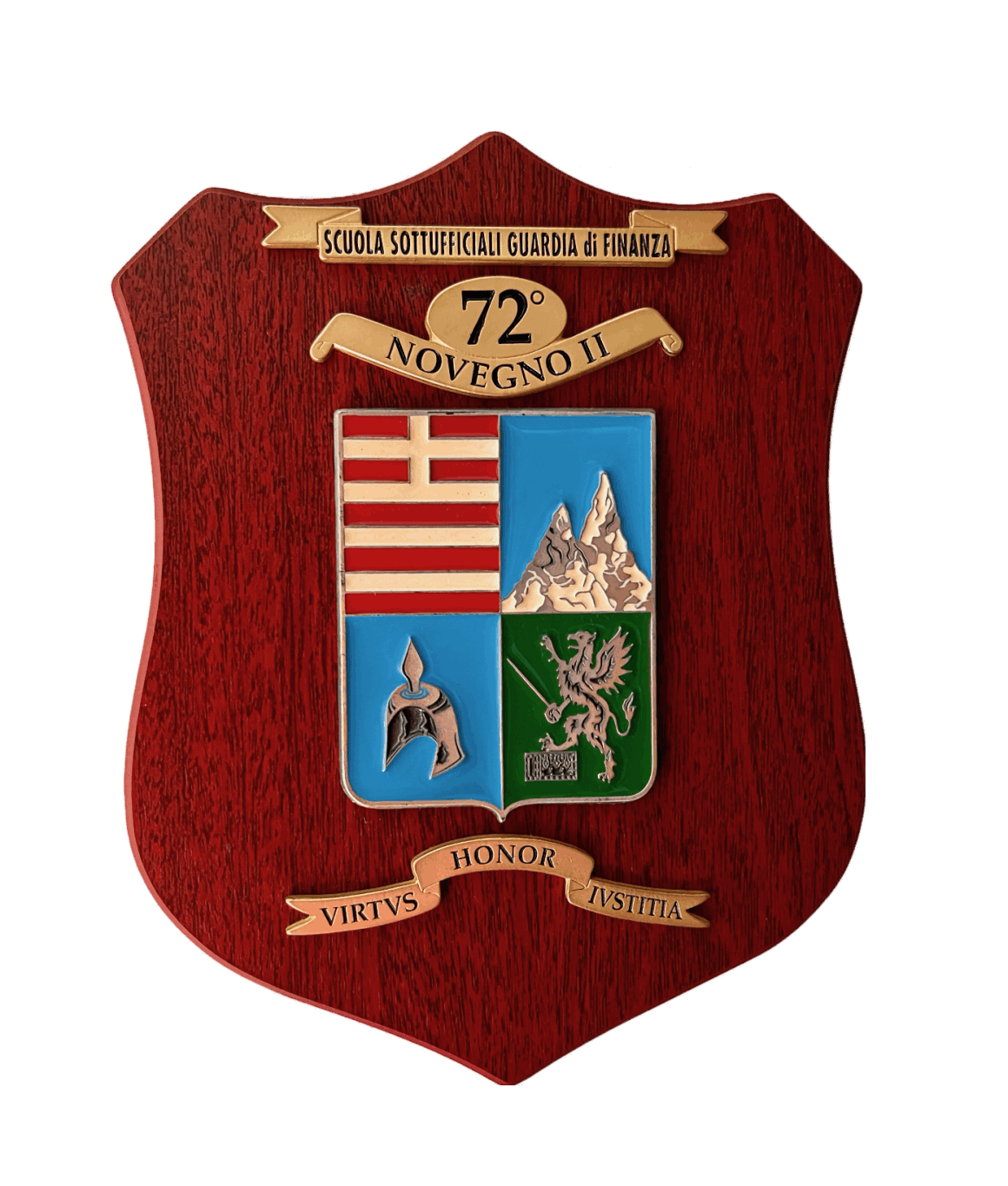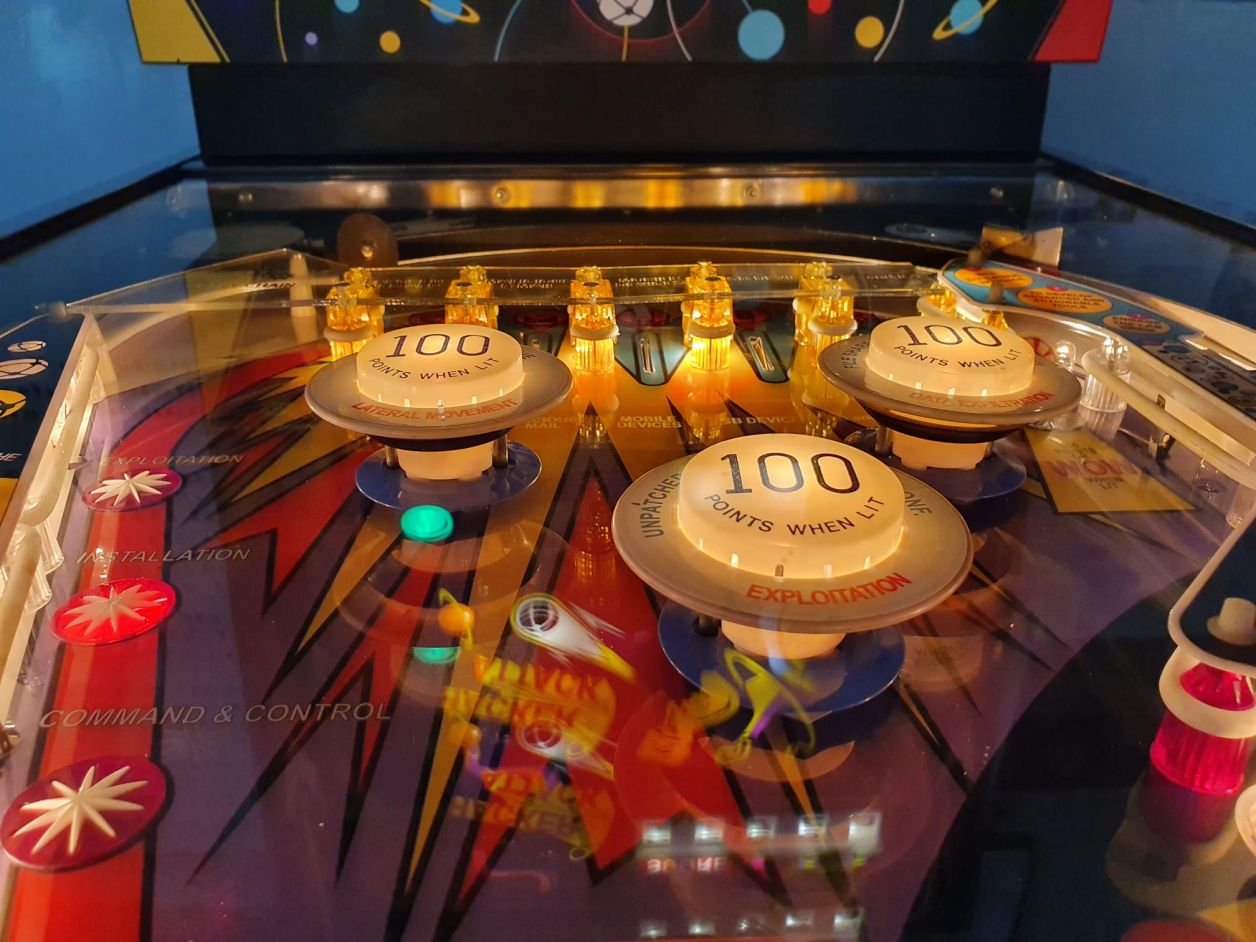
Retro gaming initiative to learn incident response activity by Antonio Rossi
2019
HACKER ATTACK
I introduced gamification on the topic of cybersecurity by restoring and converting an old electromechanical pinball machine. In this mi idea and realization, the ball represents the cyber threat that enters the playing field, which represents the corporate network, through various inputs labeled e-mail, USB devices, mobile apps, cloud, suppliers, etc. The ball will inevitably fall (data breach) following the cyber kill chain; the slingshot (which represents the automated detection and response capabilities) will reject the threat. The bumpers make the attack pattern unpredictable by representing the lateral movements of the attacker. The player is ideally the incident responder who, through the flipper bat, rejects the cyber threat, the ball, away from the data breach (out hole) by engaging other teams to support the management of the incident by increasing the score. The player who holds the ball the longest in play wins. The insider threat as well as the zero-day vulnerabilities are represented by the out lanes where it is very difficult to prevent the ball from ending up in it, just like in the real management of a security incident.
